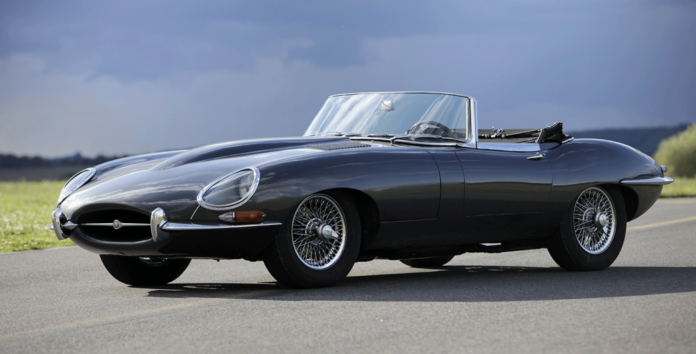“The psychological explanation of the nature and significance of familiarity is that it figures dynamically in the formation of, and changes in, aesthetic preferences. Those depend, in part, on cognitive interest, in this case, in the stylistic features of the car. Interest is a function of the challenges a design presents, in relation to the abilities of the perceiver. The challenges involve sorting out how the parts of an object—its visual shape features, for instance—are supposed to fit together and why. (E.g., why does the XKE have a prominent hood scoop, in terms of both function and the shape of the car?) Sorting things out is rewarding and enjoyable. But when ways of responding to these perceptual challenges are learned and become entrenched through exposure, they lose interest; and when they lose interest, we do not like the design features as much. Thus we move on to preferring new and more challenging styles. After the original style of Corvette featured in Route 66 has been used for two years, it was replaced in 1963 by the radically new Stingray Corvette. Arguably, this was because the old style had become overly familiar.”
“One aspect of the perceptual dynamics may account for the retention of interest in the old style. This has been called the paradox of familiar surprise. The “paradox” is this: Familiarity results in the creation of a mental type or schema stored in the mind that makes the basic features of a car’s general body type easy to sort out. For instance, with basic schemas stored in memory, it is easy to distinguish a sports car from a limousine. But there will always be odd features in individual variations on the basic type that do not fit it easily, such as exaggerated tail fins on some 1950s American cars.”
“What I want to suggest is that, because the world I live in now is very different from the world I lived in then, I cannot now see those three cars in the same way as I did initially. One reason is that the world I live in includes me; and I have changed. I have different mental resources now, and I use them in different ways. This is important because the “context” of a perceptual experience is not just the external surroundings.”
Rollins, Mark. “On Cars as Art.” Common Reader, 25 Mar. 2020, commonreader.wustl.edu/c/on-cars-as-art/.
The context raises awareness of why we like the objects that we do. The “classics” are classics for people where the car marked a pivotable point in life, which is why antiques and other vintage items are held to higher esteems in the people that were actually there to remember them. The newness wears and only the feeling remains, where the memories of the 50’s are reflected into the design of the 50’s car. The exaggerated body styles, the bold colors, and the experimentation with trim and tire rims mark a time where cars were more of a luxury then than they are now. (Still a luxury, but more so when each family only had one car).




